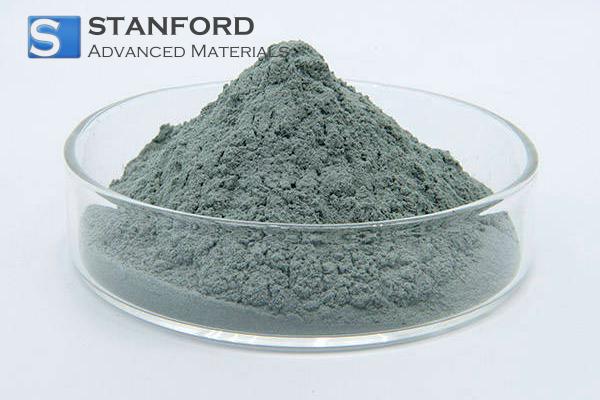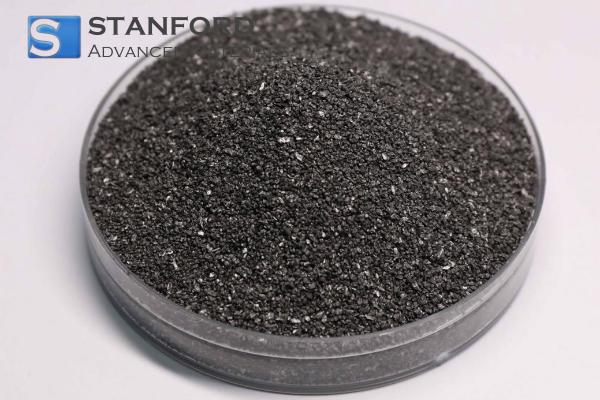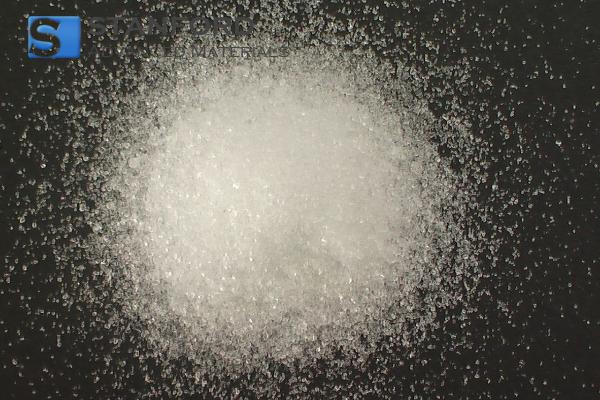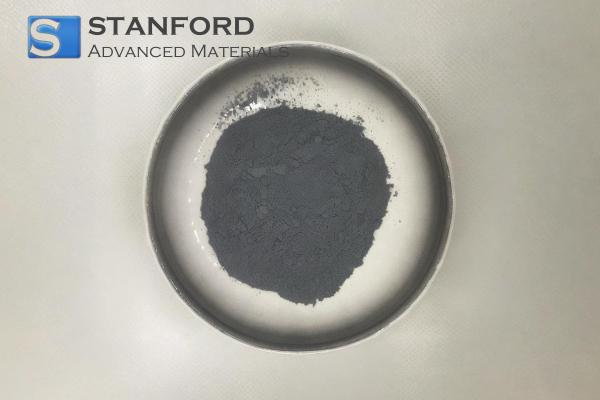Photoelasticity: Stress Analysis Through Light
Introduction
Photoelasticity is an experimental method used in engineering and materials science to measure and visualise the stress distribution in transparent materials. By utilising the phenomenon of birefringence, photoelasticity provides a non-destructive means to analyse how materials react under various load conditions.
Basic Principles
Birefringence
Birefringence is an optical property of a material in which the refractive index depends on the polarisation and direction of light propagation. When a transparent material is stressed, it exhibits birefringence proportional to the applied stress, thereby enabling the visualisation of stress patterns.
Stress-induced Birefringence
In photoelasticity, the internal stresses within a material induce birefringence when the material is loaded. When polarised light passes through the material, the changes in polarisation caused by birefringence become apparent as coloured fringes, with each fringe corresponding to a particular stress level.
Measurement Techniques
Model Preparation
A precise photoelastic analysis begins with the creation of a model of the structure under investigation. The model should be fabricated from a photoelastic material, typically epoxy resin or polycarbonate, to ensure consistent optical behaviour.
Light Source and Polarisers
A coherent light source is used in conjunction with polarisers. The first polariser, known as the polariser, aligns the light’s polarisation before it enters the stressed model. After transmission through the model, a second polariser, the analyser, is arranged so that it detects alterations in polarisation due to birefringence.
Photoelastic Stress Analysis
In a photoelastic stress analysis, the fringe patterns obtained from experimental tests are interpreted. Each fringe corresponds to a specific stress magnitude, thereby enabling engineers to quantify and assess the integrity of materials and structures under load.
Applications
Photoelasticity is applied in sectors such as mechanical engineering, aerospace, civil engineering and materials science. It is used to evaluate components such as beams, shafts and complex assemblies under operational loads.
|
Aspect |
Description |
|
Measurement Method |
Using polarised light to detect stress-induced birefringence |
|
Fundamental Principles |
Based on the change in refractive index under stress |
|
Key Phenomena |
Birefringence and fringe formation |
|
Stress Analysis |
Quantifies the stress distribution in materials |
|
Applications |
Structural analysis, material testing and design validation |
Further information is available from Stanford Advanced Materials (SAM).
Frequently Asked Questions
What is the purpose of photoelasticity?
Photoelasticity is employed to measure and visualise the stress distribution within materials and assists in structural analysis and design optimisation.
How is birefringence related to stress?
Birefringence in materials increases in proportion to the applied stress, thereby rendering stress patterns visible when polarised light is used.
Which materials are suitable for photoelastic analysis?
Transparent materials such as epoxy resins and polycarbonate are frequently employed because they exhibit consistent optical properties.
Can photoelasticity provide quantitative data?
By proper calibration, quantitative measurements of stress magnitudes can be derived through fringe analysis.
What equipment is required for photoelastic stress analysis?
A polarised light source, a photoelastic model, polarisers and a camera or sensor for capturing fringe patterns are essential for photoelastic stress analysis.

 Bars
Bars
 Beads & Spheres
Beads & Spheres
 Bolts & Nuts
Bolts & Nuts
 Crucibles
Crucibles
 Discs
Discs
 Fibers & Fabrics
Fibers & Fabrics
 Films
Films
 Flake
Flake
 Foams
Foams
 Foil
Foil
 Granules
Granules
 Honeycombs
Honeycombs
 Ink
Ink
 Laminate
Laminate
 Lumps
Lumps
 Meshes
Meshes
 Metallised Film
Metallised Film
 Plate
Plate
 Powders
Powders
 Rod
Rod
 Sheets
Sheets
 Single Crystals
Single Crystals
 Sputtering Target
Sputtering Target
 Tubes
Tubes
 Washer
Washer
 Wires
Wires
 Converters & Calculators
Converters & Calculators
 Write for Us
Write for Us





 Chin Trento
Chin Trento



